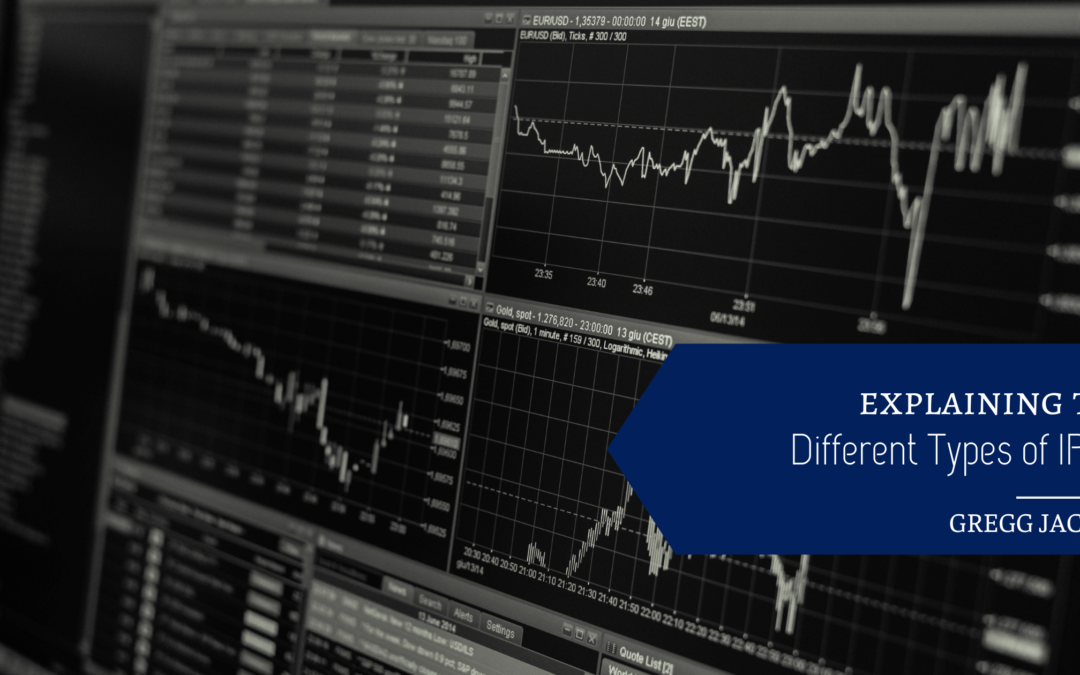When a company decides to go public, and before offering their shares on the stock market, the company can sell shares through an initial public offering, commonly abbreviated as an IPO. They do this to raise financing for their company, and it is often a big step in the growth of an organization. There are two types of IPO- a fixed price offering and a book-building offering. In this blog, we’ll break down each of these types and how to participate in an initial public offering.
Fixed Price Offering
A fixed price offering is when the company determines a price for their shares that doesn’t change. It’s decided based on factors like market conditions and investor demand. The investors know the share price ahead of time and pay the total price when applying for an IPO. This type is often favored by investors because the cost of the share is often undervalued and becomes more expensive when it goes to the stock market.
Book-Building Offering
If a company isn’t sure what to price its shares at, it can test the investor demand with a book-building offering. With this type of IPO, a company offers a 20% price band on shares to investors. A price band is a way to set value by determining the lowest possible price and the highest. These prices are referred to as the floor price and the cap price, respectively. The investors then bid on the shares but must state how many shares they want and how much they are willing to pay. When the IPO closes, the company can determine the price of their shares on the stock market using these investor bids.
What to know when participating in an IPO
When you participate in an IPO, there are several things you need to be aware of. You need to know the issue name, issue type, category, and price band. The three categories of IPOs are retail, non-institutional, and qualified investors. Of these, IPOs are usually offered to qualified investors first. You should also know that participating in an IPO is riskier than trading on the stock market because IPOs don’t have a proven track record of performance or long history of financial statements you can look at.

